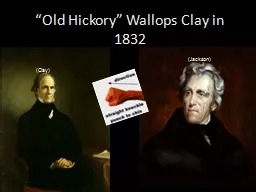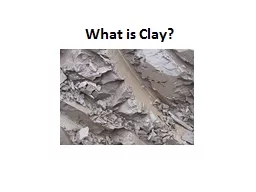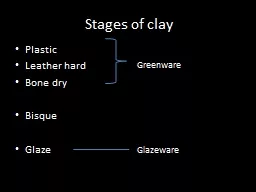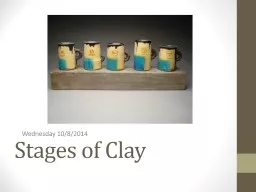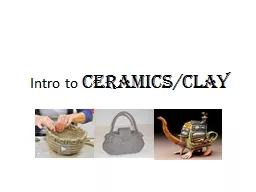PPT-Clay Whistles
Author : trish-goza | Published Date : 2017-07-05
History and How To A cross the ages whistles have been made and used in many cultures around the world for communication signaling for spiritual purposes in meditation
Presentation Embed Code
Download Presentation
Download Presentation The PPT/PDF document "Clay Whistles" is the property of its rightful owner. Permission is granted to download and print the materials on this website for personal, non-commercial use only, and to display it on your personal computer provided you do not modify the materials and that you retain all copyright notices contained in the materials. By downloading content from our website, you accept the terms of this agreement.
Clay Whistles: Transcript
Download Rules Of Document
"Clay Whistles"The content belongs to its owner. You may download and print it for personal use, without modification, and keep all copyright notices. By downloading, you agree to these terms.
Related Documents


